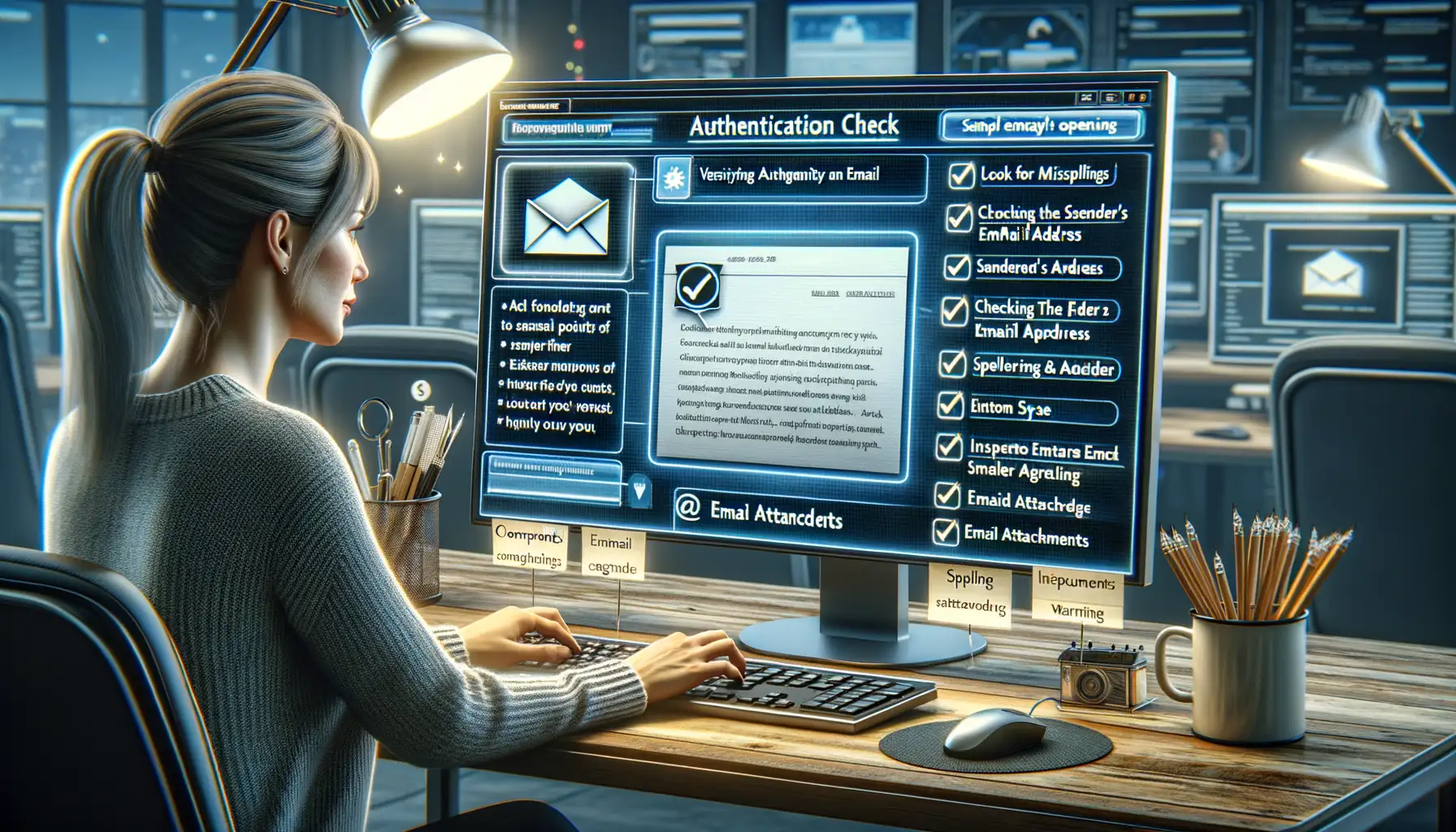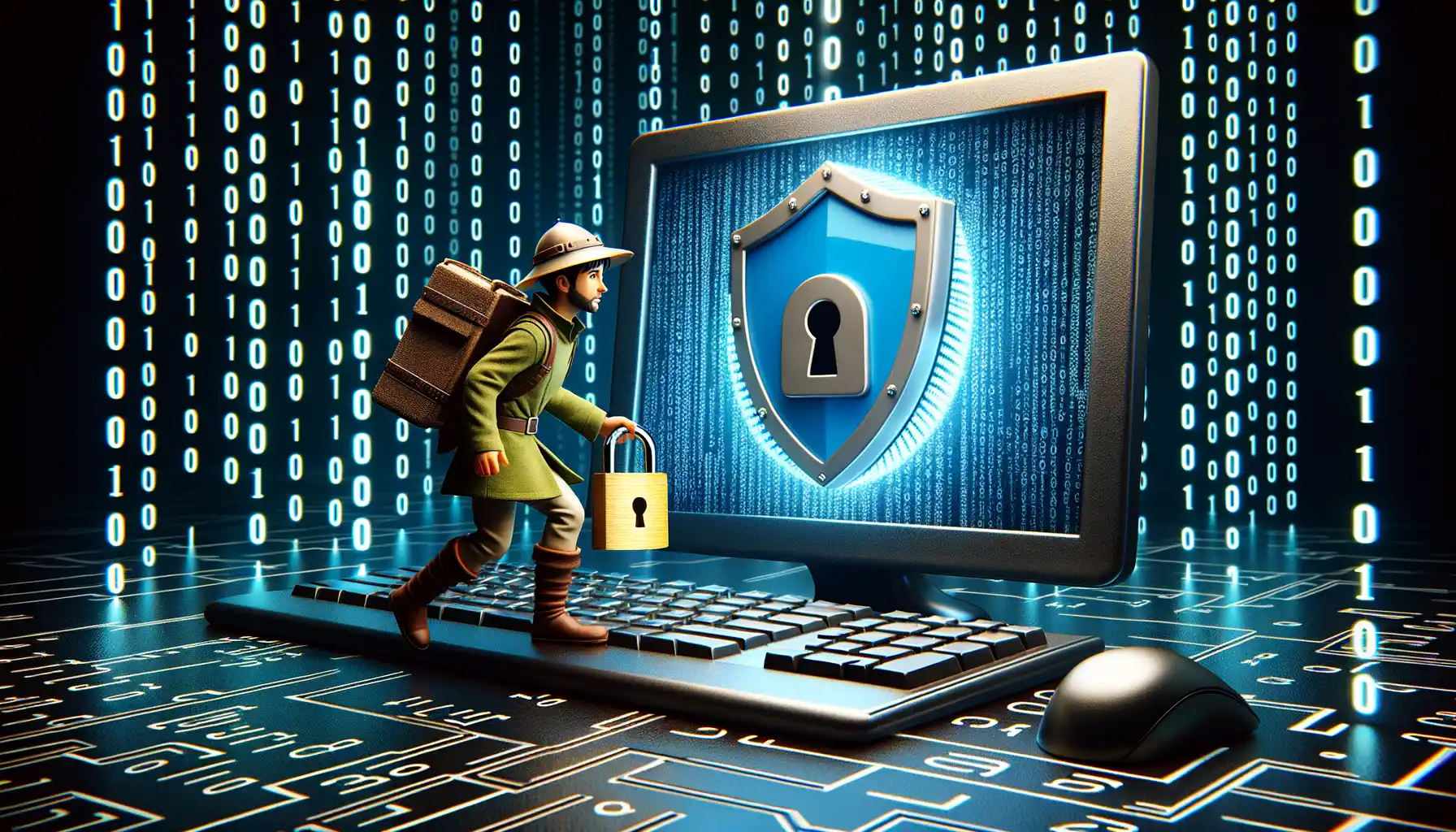Common Techniques Used in Phishing Emails
Deceptive Tactics That Lure You In
Phishing emails are like wolves in sheep’s clothing. They might look innocent—professional subject lines, familiar logos, a sender’s name you recognize—but beneath this polished exterior hides a cleverly disguised trap.
These scammers often rely on emotional triggers to throw you off balance. For example, they might craft an email with an urgent tone:
- “Your account will be locked in 24 hours!”
- “Payment failed—update your details now!”
The goal? To get you to act first and think later.
Another sneaky favorite is impersonation. Fraudsters mimic trusted brands like Amazon, PayPal, or even your bank, complete with eerily authentic-looking graphics. But peer closely—misspelled URLs, slightly altered email addresses like “[email protected],” or suspicious attachments often give them away.
And let’s not forget the too-good-to-be-true offers. Scammers bait you with emails promising ridiculous prizes: “Congratulations, you’ve won $5,000!” All they need is your personal info to “claim” your reward. Spoiler alert: there’s no reward, only risks.
Staying aware of these techniques is your first line of defense. You’re smarter than their schemes—don’t let them reel you in.
Subtle Signs to Watch For in Email Content

Clues Hidden Between the Lines
There’s an art to spotting phishing emails—not all scams scream “danger” from the subject line. Some are sneaky, blending into your inbox like a wolf in sheep’s clothing. But don’t worry, those subtle signs? They’re like breadcrumbs leading you to safety.
Start by scrutinizing the tone and phrasing. A legitimate email rarely feels rushed or overly dramatic. If it’s peppered with phrases like “Urgent! Respond Now!” or “Final Warning!”, pause and take a breath. Scammers love using fear as their weapon of choice. On the other hand, if the wording feels… off? Like they’re trying to sound professional but failing? That’s another red flag.
And let’s talk links. Fraudulent emails will sometimes embed subtle typos in URLs that you can easily overlook. For instance: www.paypai.com instead of www.paypal.com. Train your eyes to notice those minuscule, sneaky misspellings.
- Does the logo or branding look slightly blurry or outdated? A real company wouldn’t skimp on presentation.
- Have you noticed generic greetings like “Dear Valued Customer” instead of your actual name?
The devil, as they say, is in the details. Keep your guard up, and don’t get lulled into a false sense of security.
How to Verify the Authenticity of an Email

Red Flags in the Sender’s Information
Sometimes, spotting a fake email is as easy as examining who’s *supposedly* reaching out. But beware—cybercriminals have mastered the art of disguises. Always double-check the sender’s details! A legitimate company will never email you from addresses like `
For example, an email claiming to be from “[Your Bank]” might hide behind a suspicious domain like `
Still unsure? Call the company directly. Not through any phone numbers listed in the email—use the number from the official website instead. A quick call can save hours of stress!
Cross-Check Links Before You Click
Links might seem innocent, but they pack some serious mischief. Hover your mouse over every hyperlink before clicking on it. Does a button reading “Verify Your Account Here” actually lead to www.amazingdeals.click/randomstring? It’s time to hit pause!
Here’s how you can stay sharp:
- If the URL looks weird or overly long, it’s probably a trap.
- Secure sites start with “https://”. That “s” is small but mighty—it signals encryption!
Remember, no trusted company will redirect you to a sketchy-looking site for something sensitive like payment confirmations.
Protective Measures to Stay Safe Online

Make Your Digital Doors Harder to Open
Imagine your online presence as a house. Would you leave the front door unlocked? Of course not! Protecting yourself online is no different. Start by creating strong, unique passwords for all your accounts. Think of them as complex keys—shortcuts like “12345” won’t cut it! Use a phrase or a combination of upper- and lowercase letters, numbers, and symbols. For example, “C@tL0versUn1te!” beats “password” any day.
Additionally, activate two-factor authentication (2FA) wherever possible. This is like adding a second lock to your door; even if someone manages to snatch your password, they’d still need the second key to get in.
- Keep software updated: Those pesky update notifications protect you from known vulnerabilities.
- Be discerning with links: Hover over them before clicking to see where they really lead. A legitimate-looking URL can mask malicious intent.
Tools That Act Like Your Online Bodyguards
Arm yourself further with tools that specialize in keeping threats out. A trusted antivirus program is your first line of defense against malware living in disguised attachments. Pair it with a password manager to avoid reusing credentials across sites.
Don’t underestimate the value of a VPN (Virtual Private Network)—it’s like wearing an invisibility cloak when using public Wi-Fi. Without it, hackers can snoop into your activity as easily as peeking through an open window.
What to Do If You Fall Victim to a Phishing Scam

Take Immediate Action to Limit the Damage
If you’ve fallen for a phishing scam—first off, breathe. It happens to more people than you might think. But now’s the time to act swiftly. Start by contacting your bank or financial institution if you’ve entered sensitive information like credit card details. Explain the situation; they’re pros at handling fraud cases and can freeze or monitor accounts for suspicious activity.
Next, change the passwords of any accounts that might’ve been compromised—or better yet, every major online account. Use something unpredictable, with a mix of letters, numbers, and symbols. Think: “YourDogCan’tGuessThis#2023.”
Did you accidentally download an attachment? Run a thorough antivirus scan ASAP to catch and eliminate malware before it digs in.
Report It – Yes, Even If It Feels Small
Don’t let embarrassment keep you quiet. Reporting phishing emails can actually help others avoid the same trap.
Here’s where to report:
- For emails: Forward them to your country’s anti-fraud or cybersecurity center (e.g., [email protected] in the UK).
- For websites: If you clicked a malicious link, share it with your browser’s reporting tool or services like Google Safe Browsing.
These steps not only protect your wallet but also strike back at scammers who rely on silence to thrive. You’re not helpless—you’ve got the tools to fight back!












